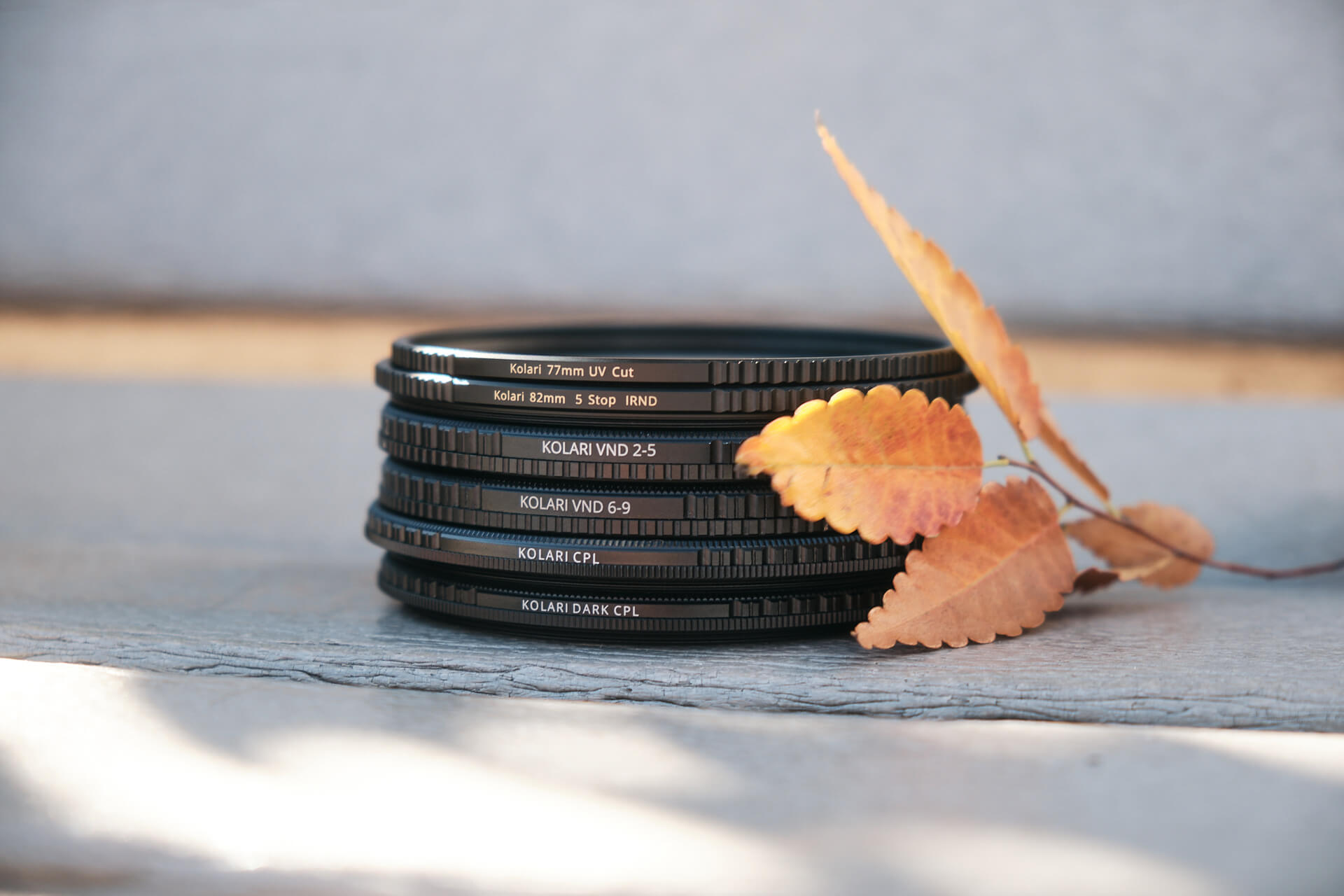Dermatological laboratories have used UV photography since the era of film photography. Its initial use aimed to reveal the UV absorption of sunscreens to estimate their effectiveness. The R&D centers then used this technique to show the protective properties of dermatological and cosmetic products against UV radiation from the sun.
With the development of digital photography and specialty bandpass filters made by Kolari Vision, it has become much easier to shoot UV photography and video to show the effectiveness of sunscreens directly. But the potential of UV photography today exceeds the framework of research laboratories. At a time when social networks give our images critical importance, such a technique applied to projects affecting the public is a revolutionary tool for prevention and awareness of solar and environmental risks, including the most dramatic one: skin cancer.
How UV light affects us
UV photography follows the path of UV-A radiation and reveals its impact on our body and environment. UV-A represents 95% of the UV radiation emitted by the sun reaching the Earth and is responsible for photoaging. This photoaging generates wrinkles and pigment spots in the deep layers of the skin, which will become apparent with age and the thinning of the epidermis.
This means that the impact of UV-A on the skin is delayed: once the spots become visible, it is too late to erase them. Therefore, it is necessary to protect your skin daily against UV-A to limit the development of photoaging as much as possible.
By imaging the condition of the skin at the dermis and epidermis level, UV photography shows the consequences of the sun on the skin, even if these are not yet visible to the naked eye. The impact of such a result on the person photographed or filmed is clear. Since they are directly and personally concerned, the importance of protecting their skin is immediate.
UV photography in media
Coupled with a preventive discourse carried by a healthcare professional, UV photography proves to be a powerful tool for raising public awareness of solar risks. Some brands already understand this, such as Walgreens and its annual #saveyourskin campaign. Organized jointly with the Skin Cancer Foundation, this campaign opened in 2019 with a media event bringing together journalists and influencers around a UV shooting workshop in New York. The virality of this event was immediate, ensuring its coverage by The New York Times.
In Europe, however, UV photography is still too confidential: UV imaging is just beginning in field studies by public health institutes. But this use is still too limited geographically to integrate effectively with dermatological prevention tools.
Skin cancer represents a third of the cancers detected worldwide, but at the same time is the most easily curable cancer when caught in time. UV photography has enormous potential by directly impacting the public through its image, which only asks to be used by the main actors in dermatology and cosmetics.
More than ever, communication and awareness must go through the image, especially when the risks involved are not visible to the naked eye.
About the author:
Pierre-Louis Ferrer is a professional French photographer and an expert in infrared and ultraviolet photography. He works with the biggest beauty companies, health organizations, and cosmetic laboratories worldwide to develop new ways of delivering dermatologic information and skin cancer prevention through UV imagery.
In addition, he has developed a sensible artistic approach based on the revelation of our natural heritage and its confrontation with human activity. His infrared series are regularly exhibited in galleries and art festivals and acquired by art collectors and companies.
You can discover his work and services on his website or professional portfolio. You can also follow him on Instagram and Behance.
















